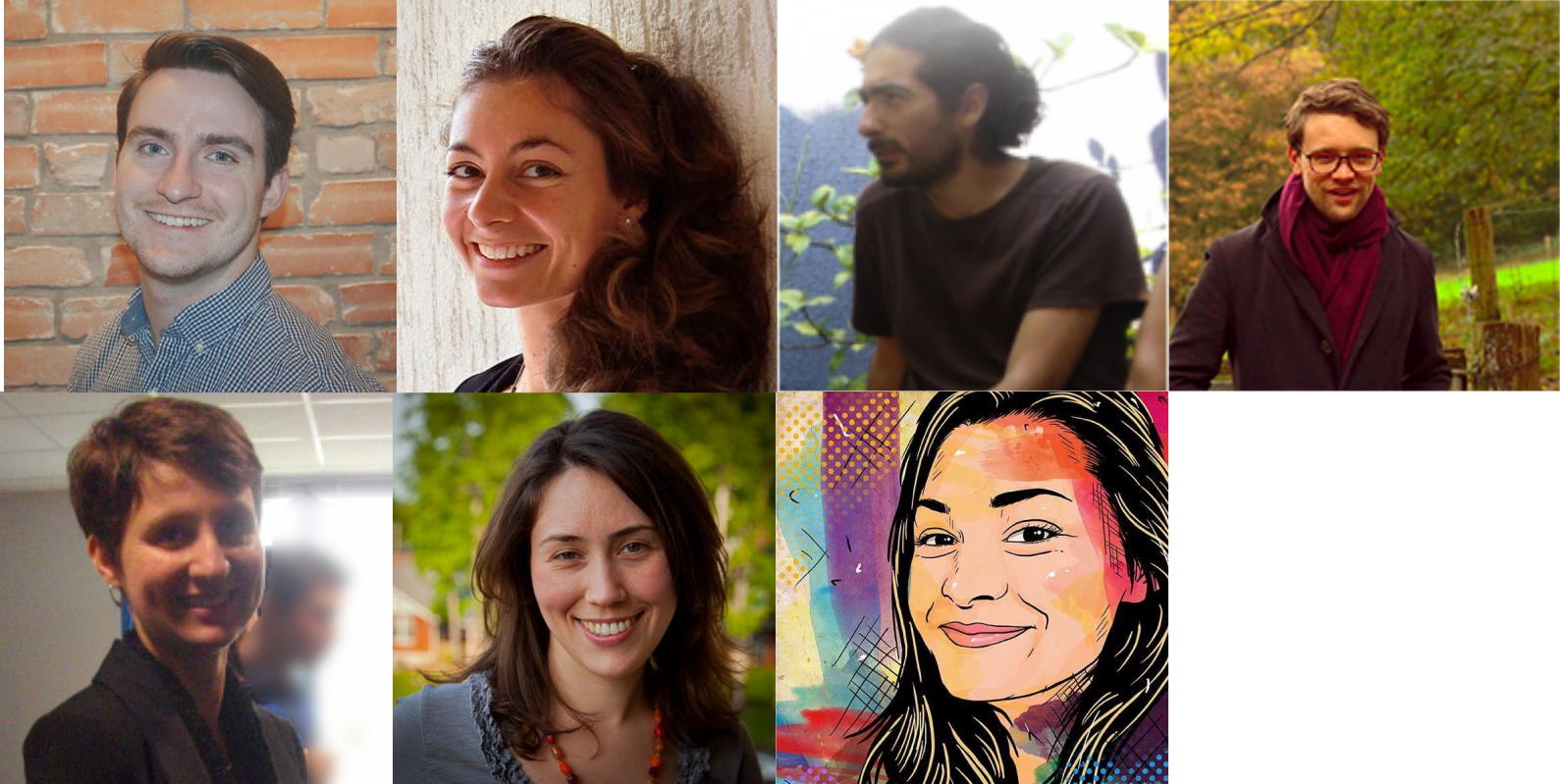|
By Elizabeth DuPre; Edited by Aman Badhwar What exactly is “open science”? As open science has become increasingly central to discussions of scientific practice, publishing, and policy, it’s become harder to provide a precise definition that encompasses all of its aims. The ubiquitous nature of open science is at once its greatest strength and deepest weakness -- it’s broadly useful, but difficult to distill as a clear set of values or prescriptions. It’s been said that one way to get a better sense of a movement is to talk to its supporters, so I turned to some of the newest advocates for open science within OHBM: the newly elected members of the Open Science Special Interest Group (OSSIG) committee. I asked for their thoughts on what open science means, how they got involved in promoting open science initiatives, and why they’re so passionate about increasing its reach within our community. Camille Maumet, research scientist at Inria and Chair-Elect, confirmed the current state of affairs: “open science is not a monolith.” Indeed, the backgrounds of newly elected OSSIG members support this idea. With training ranging from art, to physics, to cognitive science, to software engineering, these are a diverse group of individuals with multiple perspectives and skills. A far cry, it seems, from the myth of open scientists as fitting a single mold.
Their reasons for first getting involved in open science initiatives aligned with each OSSIG member’s background and seemed to echo the three overarching aims of open science in practice, publishing, and policy. For Tim van Mourik, an fMRI methods scientist and Open Science Room Chair, it was a realization that open science could address many of his concerns about the practice of science and the methods commonly used in functional neuroimaging. “In the wake of the reproducibility crisis I started to get a more complete picture of the situation and learned about publication bias, analysis flexibility, and publish-or-perish factors,” he said. “When I got a null-result rejected from a journal despite better methods and more subjects than previously published, positive results, I became even more determined to try and change the system.” For Ana Van Gulick, a library faculty at Carnegie Mellon University and Secretary-Elect, it was the open publishing of data and code that motivated her to fully embrace open science. “I wanted to keep track all of the emerging open source tools”, she said, “to help students and faculty maximize transparency, efficiency, and reproducibility in their workflows.” She pointed out the importance of open information given “how fast these tools and software are being developed.” Accessible information on social media sites like “Twitter is great for learning about new developments,” Ana added, “and so are preprints.” For Chair-Elect Camille, it was the the idea of fundamentally re-imagining science policy and restructuring the incentives for how we as scientists work together. “Open science brings us closer to a collaborative research,” she pointed out, “where we can share our results earlier, capitalize on each other’s experience and design research together.” Despite their varied pathways into open science, all the committee members I spoke to echoed the same idea for why they’ve stayed involved: the community. Sara Kimmich, graduate student and Treasurer-Elect, put it this way: “This may sound corny, but I’m still impressed with how supportive the community around open science is. It's filled with people who are genuinely interested in seeing the best science get done, and they'll go out of their way to help you on your own path.” This sense that the open science community directly improved their science and careers was echoed by Katja Heuer, PhD candidate at Max Planck and Hackathon Co-Chair. “For my very first paper, I found collaborators on Twitter that I have never met,” she said. “Through these collaborations, I received additional data that we’ve made available to the entire community, and I can incorporate all feedback into the final journal version of the paper – how fantastic!” Now that they’re advocates for open science, they also share a similar set of concerns and hopes for the future. Greg Kiar, PhD candidate at McGill University and current Treasurer, pointed to the difficulty of pushing for change in the current system. “Established labs and institutes often have practices or procedures for data collection and tool development that have been streamlined and relied on to be engine of their scientific achievements for years,” he said. “Interrupting existing solutions that are closed for equivalent open ones is a tough sell -- it can be a lot of work, and the gains are not immediate.” Treasurer-elect Sara echoed this idea, and said she often feels as though she’s “waiting on a cultural climate shift in the larger scientific community to fully incorporate open science frameworks into existing institutions and our educational systems”. Despite this, everyone seems optimistic about the possibility of change. After speaking with the newest members of the OSSIG, I feel as though we may not have a single-definition of open science, but we have a new generation of scientists working together for broad and lasting change. Roberto Toro, group leader at Institut Pasteur and Hackathon Co-Chair, summed up this vision for the future as realizing that “the difference between Science and Open Science is wrong. The real difference we should make is between Siloed Science and Science. Siloed Science describes a type of science where the evidence and methods supporting research cannot be fully evaluated and discussed. Now, what we call Open Science, that’s just Science, there is no need for extra adjectives.”
0 Comments
Your comment will be posted after it is approved.
Leave a Reply. |
BLOG HOME
Archives
January 2024
|

 RSS Feed
RSS Feed